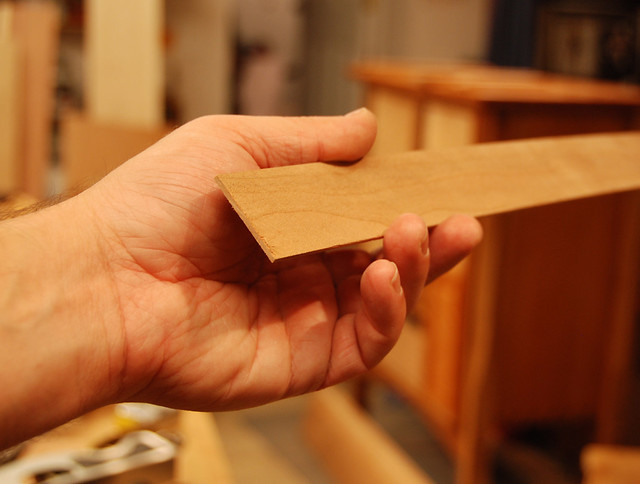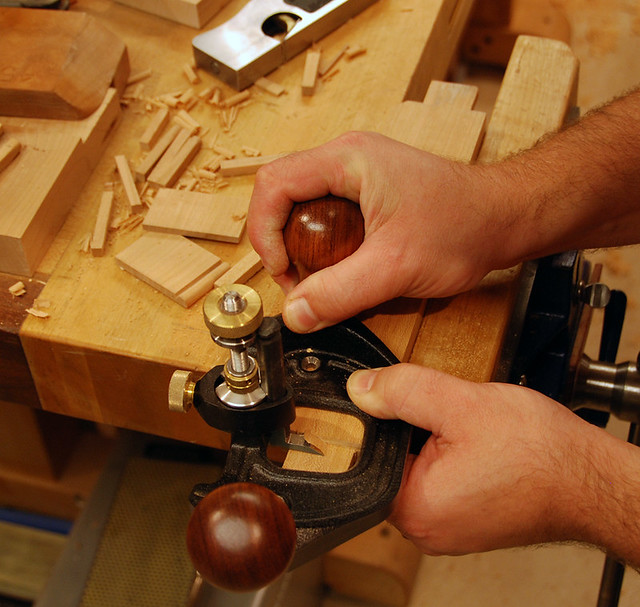I dropped the base of a coffee table I've been working on and the leg cracked. As a result, I have to dismantle the joint at the stretcher to accept a new leg.
I got the joint disassembled. I used PVA glue originally (the joint's about a week old). The leg and stretcher are walnut.
Two questions:
1) Do I need to sand down to bare wood prior to regluing?
2) Should I use PVA again or epoxy?
Any help appreciated!
Ok, I have to go wipe off all this sweat...




 Reply With Quote
Reply With Quote





